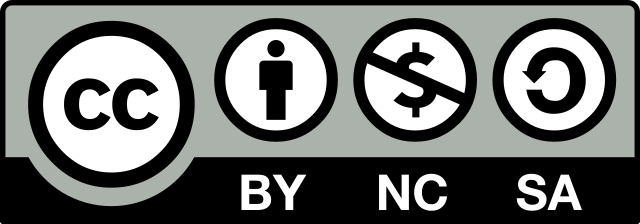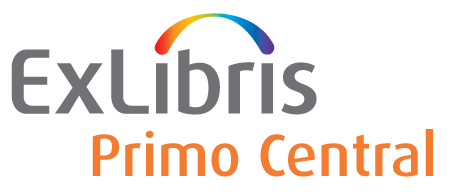Abstract
Objectives: to assess how well a platysma muscle flap (PMF) lowers the incidence of FS and related morbidity. Background: A typical side effect after superficial parotidectomy is Frey syndrome (FS), which is characterized by flushing and gustatory perspiration. Several barrier strategies have been studied to prevent it. Methods: a retrospective comparative research was carried out at Menoufia University Hospital's Department of General Surgery, Group 1 (n = 22) had PMF reconstruction after superficial parotidectomy, while Group 2 (n = 22) did not get the PMF approach. A total of forty-four patients with benign parotid tumors were included and split into two groups. Results: Clinical and demographic features were similar in the two groups (mean age: 45.9 ± 12.5 years in Group 2 vs. 46.2 ± 11.8 years in Group 1). There was no significant difference in blood loss (90 ± 25 mL vs. 80 ± 20 mL), however Group 1 showed longer operating durations (125 ± 18 minutes vs. 100 ± 12 minutes). Although the differences were not statistically significant, Group 1 saw a decrease in postoperative morbidity, such as skin necrosis and seroma. The starch-iodine test showed that Group 1 had a considerably reduced FS incidence (4.5% vs. 22.7%). Conclusion: The incidence of Frey syndrome can be decreased safely and effectively by using a platysma muscle graft after superficial parotidectomy. PMF reconstruction has the potential to improve patient outcomes and reduce postoperative problems, although lengthening the operating time.
Subject Area
Surgery
Article Type
Original Study
Recommended Citation
Etman, Mohammed Abdo; Elsisi, Alaa Abd ElAZeem; Elgamal, Ahmad Sabry; and El-Kelany, Ahmed Said
(2025)
"Value of Platysma Muscle Flap Following Superficial Parotidectomy,"
Menoufia Medical Journal: Vol. 38:
Iss.
2, Article 17.
DOI: https://doi.org/10.59204/2314-6788.3360
Creative Commons License

This work is licensed under a Creative Commons Attribution-NonCommercial-Share Alike 4.0 International License.

 Attribution-NonCommercial-ShareAlike 4.0 International (CC BY-NC-SA 4.0)
Attribution-NonCommercial-ShareAlike 4.0 International (CC BY-NC-SA 4.0)



